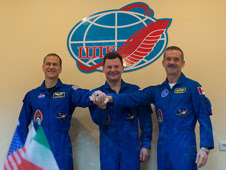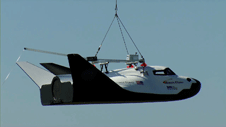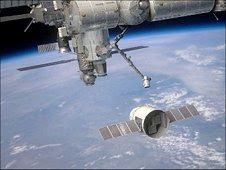
By the end of this year, NASA's space shuttles will be in their new homes.
Recently, the shuttles were on the move as part of the transition and retirement (T&R) activities at NASA's Kennedy Space Center in Florida.
On Feb. 1, NASA Vehicle Manager for T&R Bart Pannullo watched as shuttle Endeavour was backed out of the Vehicle Assembly Building (VAB) and towed to Orbiter Processing Facility-2 (OPF-2).
The next day, shuttle Atlantis made an appearance outside the VAB as it was towed from the VAB transfer aisle into high bay 4 for temporary storage. Atlantis is being prepared for public display at the Kennedy Space Center Visitor Complex in 2013.
"It's been two beautiful days here for these operations and seeing people I haven't seen in a while," Pannullo said. "I'm not taking these events for granted."
Endeavour was moved to OPF-2 so that technicians can continue to prepare it for display. The shuttle will remain in the OPF until it is ready to be ferried to the California Science Center in Los Angeles in the fall.
Once inside the facility, Endeavour was leveled and safed. Then, water and Freon from lines in the shuttle's midbody were offloaded. The orbital maneuvering system (OMS) pods and forward reaction control system (FRCS) were delivered to the Hazardous Maintenance Facility (HMF) on Feb. 6 from White Sands, N.M. The FRCS was uncrated and transported to OPF-2 on the same day and was installed on Endeavour on Feb. 8. The OMS pods remain at the HMF and are scheduled to be installed on Endeavour in March.
Read more on
http://www.nasa.gov/mission_pages/shuttle/flyout/shuttles_tr.html


























